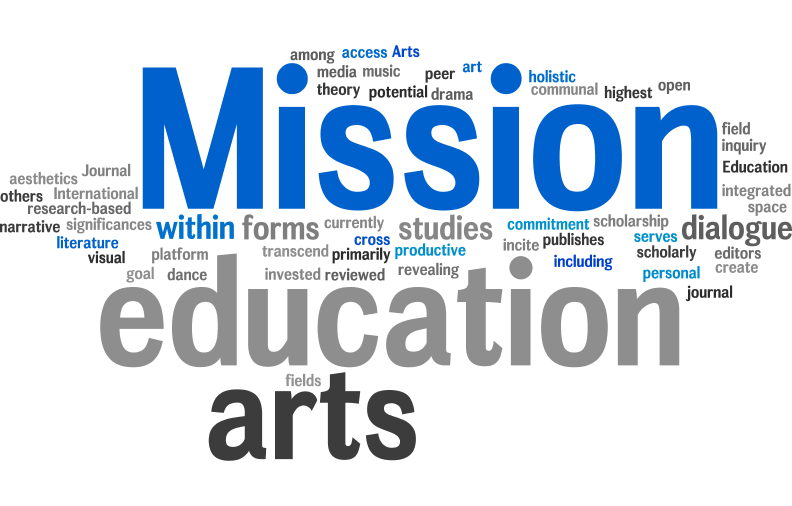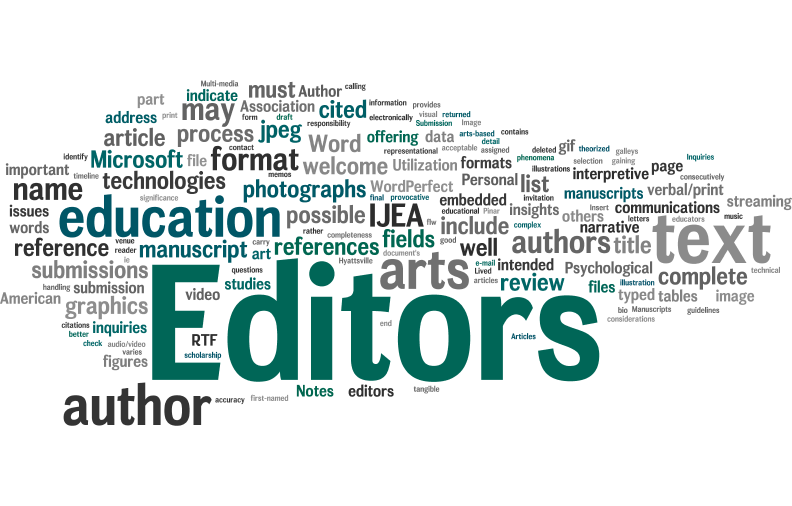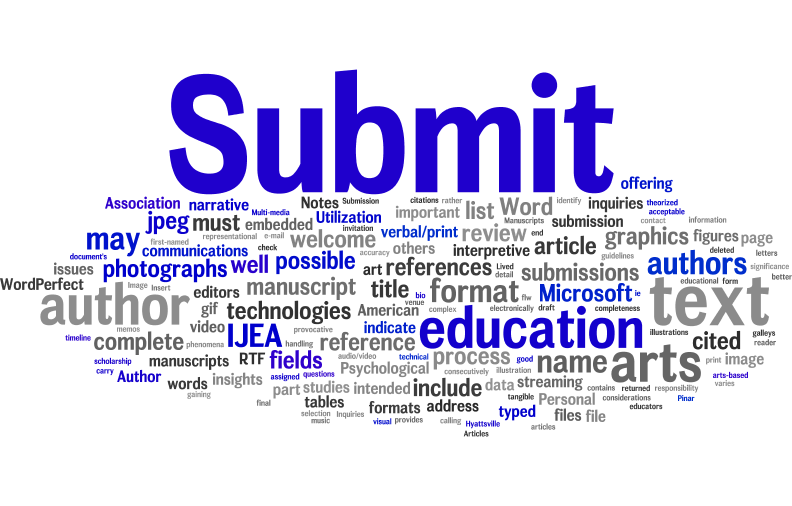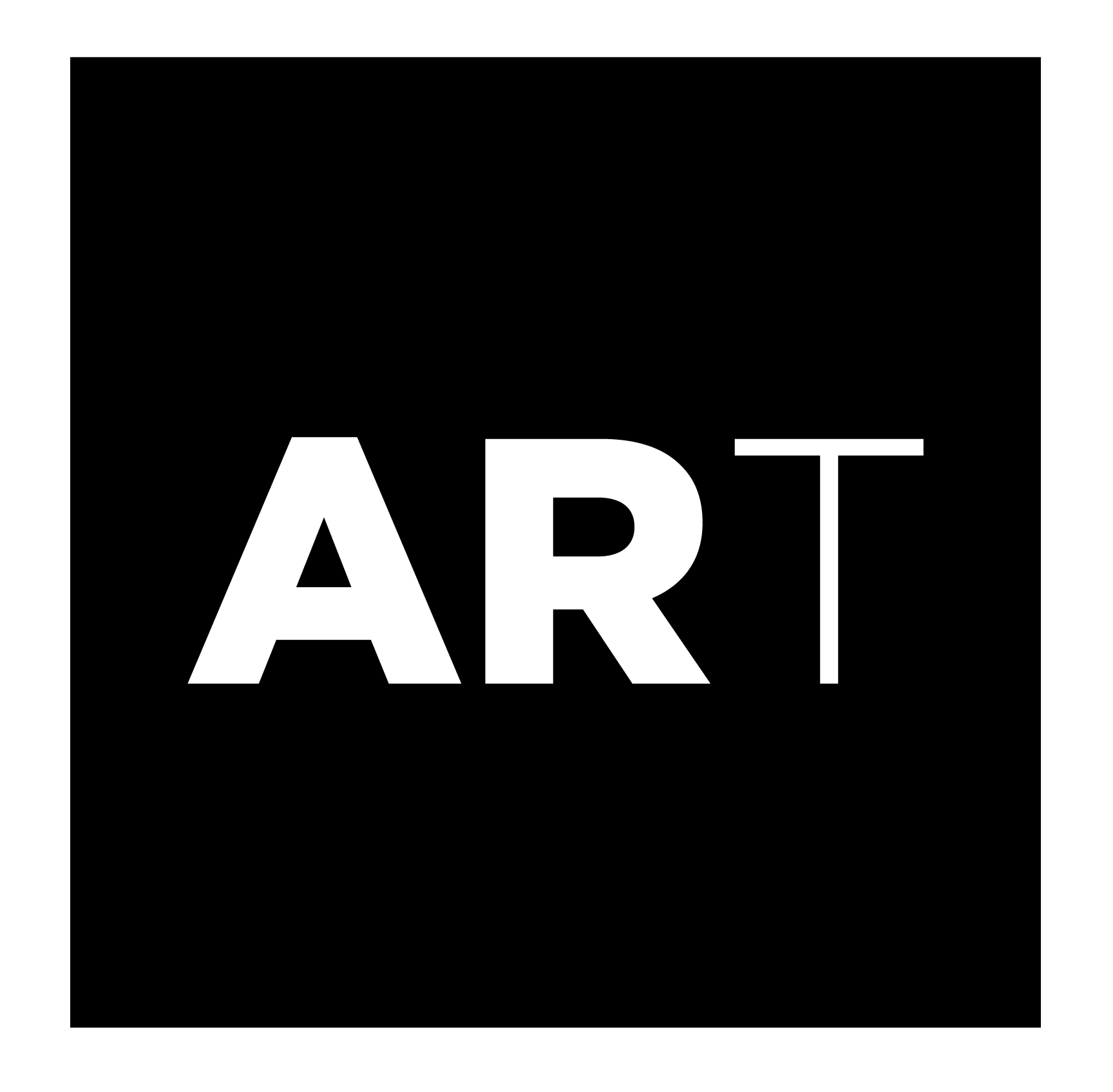2022 Volume 23
Articles and Abstracts
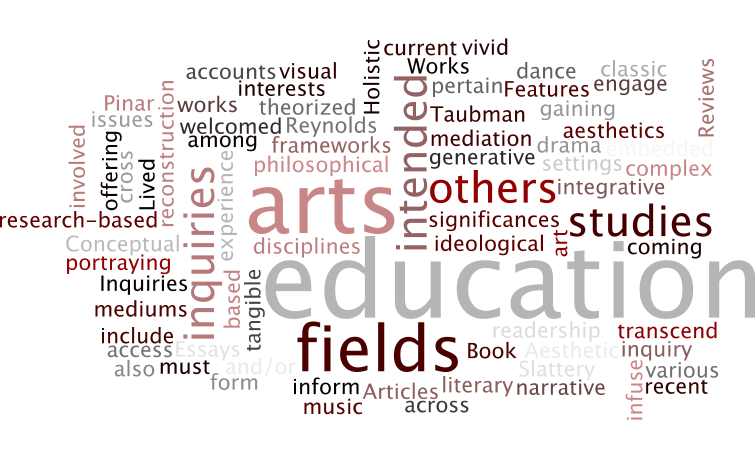
Articles
Volume 23 Number 1: McCarthy-Brown, N. (2022). Navigating anti-racism in an anti-black landscape: A dance educator’s reflection.
In 2022, many are coming to understand that racism is a proverbial pollutant in the water people in the U.S drink. Moreover, it is a toxin all members of a race-based society consume, and all must address. In this paper, I share my reflexive journey facing and dismantling racism in my own teaching praxis—examining ways I have upheld structures of whiteness. I reflect on previous teaching experiences and consider operations of race in the dance classroom from the perspectives of a parent, teacher, and student. I hold space for resistance and consider the real-world motivations around these acts. I support teachers moving forward in the work of dismantling oppressive practices with reflective prompts and an evaluative syllabus tool, offered as resources for those working to reform their teaching.
Volume 23 Number 2: Mavroudis, N. & Kondoyianni, A. (2022). The effect of drama in education towards the acceptance of different religious identities in a intercultural school.
This study investigates using ‘drama in education’ techniques with a group of students at the 87th elementary Intercultural School of Athens over 17 weeks. The study’s aim was to discover the impact of drama in education on the acceptance of religious difference within the school environment. The research is a case-study, using the tools of interviews, observations, researcher's diary and evaluations, and self-evaluations of participants. This research contributes to recognizing that drama in education may be an autonomous educational methodological tool and a useful educational process that empowers students from diverse cultural identities towards mutual respect, mutual understanding, and coexistence.
Volume 23 Number 3: Smith, G. D. (2022). Meaningfulness and spirituality in drumming during the COVID-19 pandemic.
This paper presents an autoethnographic account of how a drummer found meaningfulness through engagement in asynchronous, collaborative music making with friends in a period of lockdown during the COVID-19 pandemic in 2020. The author learned how to record drum kit in his garage using a rudimentary studio setup, and how to edit the recordings in a basic digital audio workstation. Using Boyce-Tillman’s (2011) framework of Spirituality, the author details how, through activity in the domains of Materials, Construction, Values, and Expression, he was able to achieve liminal, Spiritual experience that provided focus, meaning, and purpose in a challenging and unsettling time. The author argues that students could benefit if arts educators recognize and value music making and learning as more holistic, Spiritual experiences.
Volume 23 Number 4: Addo, A. O., & Adu, J. (2022). Examining the use of folk resources for creative arts education in Ghana’s basic schools.
Implementing curricula that parallel children's cultural histories and language and Ghana Education Service's (GES) approved creative arts resources precipitated the need to review materials listed in the new national creative arts curriculum (2019). This study explores the availability, accessibility, and cultural alignment of creative arts materials and shows how using folk resources serves as an incentive for culturally sustaining resource development in Ghana's music and visual arts education. A semi-structured interview of six creative arts teachers revealed that while teachers use Ghanaian folklore-informed books on the market, schools have infrastructure needs and lack indigenous music instruments and visual arts materials for the new curriculum. Highlighting the quality and availability of folk resources, we recommend optimizing community human and material resources, engaging education research professionals and classroom teachers in dialogue, and monitoring and evaluating school programs.
Volume 23 Number 5: Bava, S., Engelbrecht, A., Fels, L., Gramani, D., Grindlay, M., Johnsey, S., Kalra, A., Lin, M., Martens, M.M., & Lau, A.W. (2022). Inception of emergence.
How do we notice what is arriving? As authors, we collaboratively play with the continuation and momentum of emergence presented as a polyvocal text. As part of our research, we video-taped a collaborative mark-making activity led by two graduate students in a PhD cohort. What emerges from our interaction of situated dialogic inquiry is a heteroglossic performative text on emergence. The first 40 seconds of the video is woven into a paper that in itself becomes an ontological practice in emergence. The paper, in message and mode, delves into a series of moments and becomes a series of moments that ask the question: What is the play of interrelatedness in a collective inquiry of emergence?
Volume 23 Number 6: Jääskeläinen, T. (2022). Using a transcendental phenomenological approach as a model to obtain a meaningful understanding of music students’ experienced workload in higher education.
Enhancing our understanding of students’ experiences during their studies in higher music education is essential to supporting them as they cope with their specific workloads in studying music. This study provides a detailed description of and model for how music students’ lived experiences can be approached and analysed through transcendental phenomenology. The specific research goal was to explore what engaging in music means to music students in relation to their experienced workload. This research-based model may be utilised to inform developmental work and future research, such as processing and incorporating students’ feedback into improvements in teaching and learning environments.
Volume 23 Number 7: Koskela, M. (2022). Middle-class music making? Social class, “race,” and their intersections in the practice of school popular music.
This article explores how social class, “race,” and their intersections manifest in Finnish popular music education (PME) through an exploration of popular music practices in one upper elementary music classroom where I worked as a teacher-researcher. By engaging with systems reflexivity, I illustrate how social class, racialization, and their intersections work together with the social system of PME to maintain inequalities. I argue that in the popular music classroom, identity work is especially required from the students who belong to racialized and lower-class groups. Furthermore, I argue that PME (re)produces a Eurocentric practice of school popular music that favors middle-classness and Whiteness. I suggest that moving towards genuinely multivocal and democratic music education entails questioning popular music as an eminent democracy maker. Alternatively, democracy might be fostered by considering the intersectional identities of the students––a process for which systems reflexivity serves as a useful tool.
Volume 23 Number 8: Barton, G., Burke, K., & Freebody, P. (2022). Disciplinary literacies in the arts: Semiotic explorations of teachers’ use of multimodal and aesthetic metalanguage.
Effective arts learning requires the development of important literacies. While investigation of discipline-specific literacies has filtered the literature, it is unclear if these literacies are acknowledged, understood, and/or taught. In this paper, we share the classroom discourse of two arts teachers in early and middle years across visual art and music—to determine how discipline-specific literacies are used and taught. Findings show that these teachers intuitively and consistently share age-appropriate arts-literacies and use semiotic metalanguage with their students to express and make meaning through arts practices. With contemporary research in the field of literacy consistently acknowledging the diverse ways we communicate and the importance of creative thinking and aesthetic-artistic reasoning, it is critical that classroom data, such as shared in this paper, is considered for future curriculum development. We conclude by recommending strategies and considerations for arts teachers when planning and implementing arts literacies to improve students’ applied understanding.
Volume 23 Number 9: Leddy, S. & O’Neil, S. (2022). Learning to see: Generating decolonial literacy through contemporary identity-based Indigenous art.
This paper describes the findings of an exploratory study for a pilot program in teacher education that employs contemporary Indigenous art as a forum for increasing and enriching teacher confidence and agency in the meaningful inclusion of Indigenous content across K-12 curriculum. Building on a model of transformative education through dialogue, the phenomenological process for engaging with art presented in the pilot workshop asked participants to question not only their own assumptions about Indigenous art and artists, but also to examine assumptions about themselves within education. As such, the phenomenological depth of art explorations provides a mechanism for developing decolonial literacy, a pedagogy for antiracist and transformative education (Bacon, 2015; Curry-Stevens, 2007), and a means of creating ethical space (Ermine, 2007). Our question as researchers explores how the approach of looking at contemporary identity-based Indigenous art in the context of a larger dialogue around the colonial construction of Indigenous identity supports and encourages the sensitive inclusion of Indigenous content in school curricula. Our findings suggest that looking at the self-representations of contemporary Indigenous people can open up a dialogic space between settlers and Indigenous people in ways that encourage student teachers to think more deeply about their relationship with Indigenous peoples and how they might engage in a more inclusive curriculum with their own students.
Volume 23 Number 10: Höglund, H., & Jusslin, S. (2022). Engaging with Poetry on the Wall: Inviting, seizing, intensifying, and transforming literary engagements.
This article adds to the discussion of arts-based approaches to teaching poetry by exploring an example of Poetry on the Wall and its potential for poetry education. Poetry on the Wall intertwines literary and visual elements by materializing and visualizing poetry in a physical environment. The study centers on the poem Reading List created and painted as a wall mural by the artist-poet Vidha Saumya. In relation to Reading List, the produced data encompasses a dialogue between artists, researchers, and educators, as well as the researchers’ and educators’ embodied engagement with the poem. Theoretically guided by a performative approach, this analysis suggests that the potential of Poetry on the Wall includes inviting, seizing, intensifying, and transforming literary engagements. Poetry on the Wall sets in motion a rethinking of poetry and where it can be found and created, contributing to the movement exploring alternative ways to reinvigorate poetry in education.
Volume 23 Number 11: Murillo, A., & Tejada, J. (2022). Transforming generalist teachers’ self-perceptions through art creativity: An intervention-based study.
Some studies have reported that the initial music training of primary teachers can be problematic due to gaps in disciplinary and didactic training and a relative neglect of the objectives that music education should address in the school curriculum. Such gaps may lead to low levels of self-confidence in teaching music in the general classroom. Furthermore, the fast transformations occurring in contemporary society in terms of access to and functions of music, demand novel pedagogical approaches that might be better equipped to address current social and educational needs such as creativity, collaborative work and interdisciplinarity. In order to investigate the relationship between the initial musical training of primary teachers and their self-confidence in teaching music, a study was carried out based on an intervention in the Primary Education Teaching degree program at a Spanish university. The intervention was innovative and based on a collaborative, creative, and interdisciplinary approach. The findings, referring both to the processes and products of this intervention, show both an increase in pedagogical reflection and in the transformation of values and beliefs, as well as an improvement of self-confidence in student teachers’ musical skills.
Volume 23 Number 12: Lenakakis, A., Paroussi, A., & Tselfes, V. (2022). Puppet theatre in Greek preschool education: Kindergarten teacher views.
The article presents the results of a research in the field of Greek preschool education concerning the use of puppet theatre by teachers. The central question is: in what ways, but also on the basis of what educational/ pedagogical considerations, do teachers use forms of puppet theatre in the education of preschool children. The research was carried out among a representative sample of 977 teachers. The results point to an extensive use of puppet theatre, supported by a compact set of teachers’ views which tend to indicate puppetry either as an animistic communication tool or as a theatrical medium.
Volume 23 Number 13: Juntunen, M.-L. & Partti, H. (2022). Towards transformative global citizenship through interdisciplinary arts education.
This practitioner research study examined the potential of arts education to support students’ growth towards global citizenship including awareness, care, and understanding of—as well as active and responsible engagement in—current global challenges and social issues. We utilized research material generated during an interdisciplinary arts pedagogy course offered in subject teacher education at the University of the Arts Helsinki and Aalto University (Finland). During the course, students created teaching sessions in peer groups in which they explored pedagogical methods to enhance global citizenship through interdisciplinary arts education participation. In the study, we identified themes addressed in the teaching sessions: Renegotiating (cultural) identity, Facing otherness, Experiencing empathy, Coping with power and inequality, Awakening to ecological responsibility, and Engaging in critical and reflective thinking. Furthermore, we examined how arts education resonated with the aims of global education and discussed the many ways that arts education could support the cultivation of responsiveness and ethical awareness to advance transformative global citizenship.
Volume 23 Number 14: Blanco, V. & Cidrás, S. (2022). Exploring, creating, and transforming: Parameters for the observation of creative processes in visual arts education.
In an attempt to connect theory and practice with regard to research on creativity and visual arts, this study aims to explore how visual materials created by children can help determine qualitative parameters in the process of observing creative activity. These materials are the result of a series of workshops designed by the authors, artists, and professors in a faculty of teacher training carried out with pupils from public second-cycle preschools and elementary schools. Having developed a data collection strategy based on participant observation, the materials are grouped into three interrelated parameters: movement, language, and transformation-aesthetics. These parameters are designed as a flexible observation tool, which allows for every researcher to implement it, by contributing to the development of new research in various classroom contexts.
Volume 23 Number 15: Zimmerman Nilsson, M-H., Borgström Källén, C., & Ferm Almqvist, C. (2022). Gender-equal options for musical becomings in the future music classroom: A pilot study exploring “thinking outside the box.”
Gender inequality is a problem in western music education, but efforts to solve this problem in practice have thus far been insufficient. By adopting a post-human theoretical framework, this pilot study explores how music practitioners’ visions of a gender-equal classroom can be used to question, reverse, and reconstruct gendered traditions within music as an educational field. The aim is to increase knowledge about how gender-equal options for musical becomings could be realized in the future music classroom. As there is a lack of post-human studies in music education inspired by an explorative design, the current project offers a new methodological approach. The findings reveal entanglements of gender-equal identities through diverse socio-material and material representations. This gives recognition to the students in representing identity and gender, genre and style, enabling liquid self-images and identities to be shaped and re-shaped seamlessly.
Volume 23 Number 16: Cruywagen, S., Joubert, D., & Rhoodie, H. (2022). What’s up with aural training using WhatsApp: Enhancing student well-being amidst mobile learning obstacles.
The tertiary aural training environment provides a foundation for music students to understand, learn, and experience music through live interaction between lecturer and student. During the COVID-19 pandemic, the aural training lecturer at our university was compelled to move classes to an online platform accessible to all students, namely WhatsApp. This qualitative case study was conducted in 2020 to understand better whether aural training students experienced well-being during mobile teaching and learning amid the COVID-19 pandemic. In the WhatsApp aural training environment, there was a lack of immediate aural transmission, and the lecturer was unable to assess students’ instantaneous aural skills development. There were 11 participants representing two-year groups in this qualitative study. The participants were five first-year and six second-year music students who attended online aural training classes during the COVID-19 pandemic. The lecturer shared module content with students through WhatsApp using videos, voice recordings, and audio-visual material. Research data were collected through individual online interviews, WhatsApp voice and video recordings, and images. Thematic analyses revealed that the lecturer was able to facilitate an accessible online aural learning environment which enhanced the students’ sense of belonging within their smaller groups, although not necessarily within the group as a whole. The students perceived the environment as inclusive, and—as they all had to endure similar circumstances—they were strengthened by a sense of compassion, togetherness, and understanding.
Volume 23 Number 17: Geldenhuys, G., Morelli, J., (2022). Love for the sound: Poetic explorations into the meanings four string teachers ascribe to care in the studio music context.
This study explores the complexities of caring for students in a music studio lesson. In this study, we engaged four experienced string teachers in in-depth semi-structured interviews to explore their understandings of caring for their students in studio music lessons. Caring and compassion are concepts that have received greater attention in music education literature in recent years. A critical turn in music education has accompanied this attention. We connect these two discourses through a theoretical framework of mature care as transformative practice. This framework is situated in Pettersen’s concept of mature care. We applied the listening guide method of qualitative research and the gateway approach to analysis to create four found poems based on semi-structured interviews held with four experienced South African string teachers. This article illustrates the complex nature of the meanings of care, and advocates for instrumental music teacher preparation that ensures instrumental music education is infused with an ethic of care.
Special Issue 1
Dance Education Throughout the World: The Impact of the COVID-19 Pandemic and Racial Justice Reckoning
Editors:
Susan R. Koff, Guest Editor
Lynnette Young Overby, Guest Editor
Eeva Anttila, Editor
Book Reviews
Volume 23 Review 1: Nicholson, G. (2022). Pluralism in American music education research: Essays and narratives, a review.
Book Reviewed: Dansereau, D. R., & Dorfman, J. (Eds.). (2018). Pluralism in American Music Education Research: Essays and Narratives (Vol. 23). Springer.
Volume 23 Review 2: Pariser, D. (2022). Review of Ellen Winner, (2022). An uneasy guest in the schoolhouse: Art education from colonial times to a promising future. Oxford University Press.
Book Reviewed: Winner. E. (2022). An uneasy guest in the schoolhouse: Art education from colonial times to a promising future. Oxford University Press.
Volume 23 Review 3: Hash, P. M. (2022). Music teacher as music producer: How to turn your classroom into a center for musical creativities: A Review Essay.
Book Reviewed: Randles, C. (2022). Music teacher as music producer: How to turn your classroom into a center for musical creativities. Oxford.
Volume 23 Review 4: Bourgault, R. (2022). Visual and cultural identity constructs of global youth and young adults: Situated, embodied and performed ways of being, engaging and belonging: A Review Essay.
Book Reviewed: Blaikie, F. (2022). Visual and cultural identity constructs of global youth and young adults: Situated, embodied and performed ways of being, engaging and belonging. Routledge.
